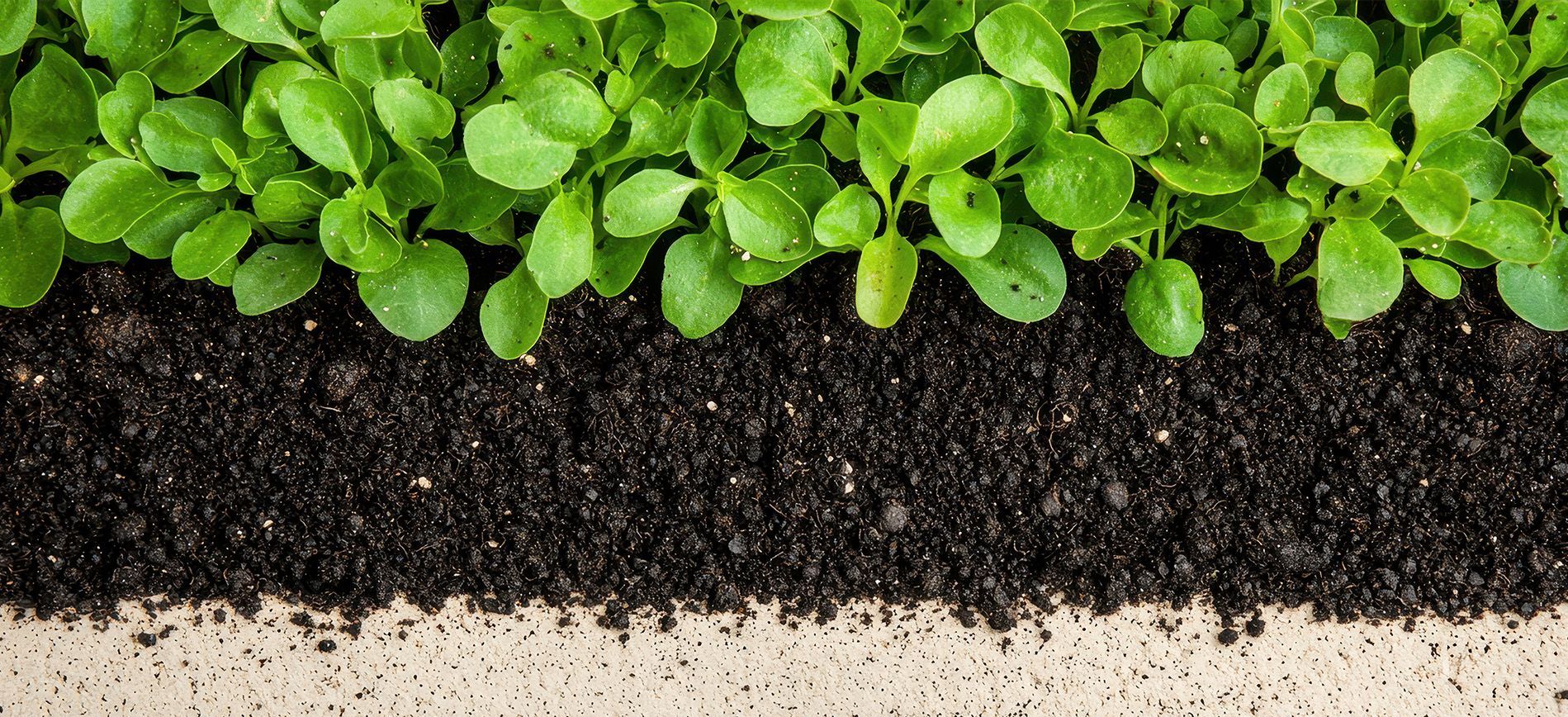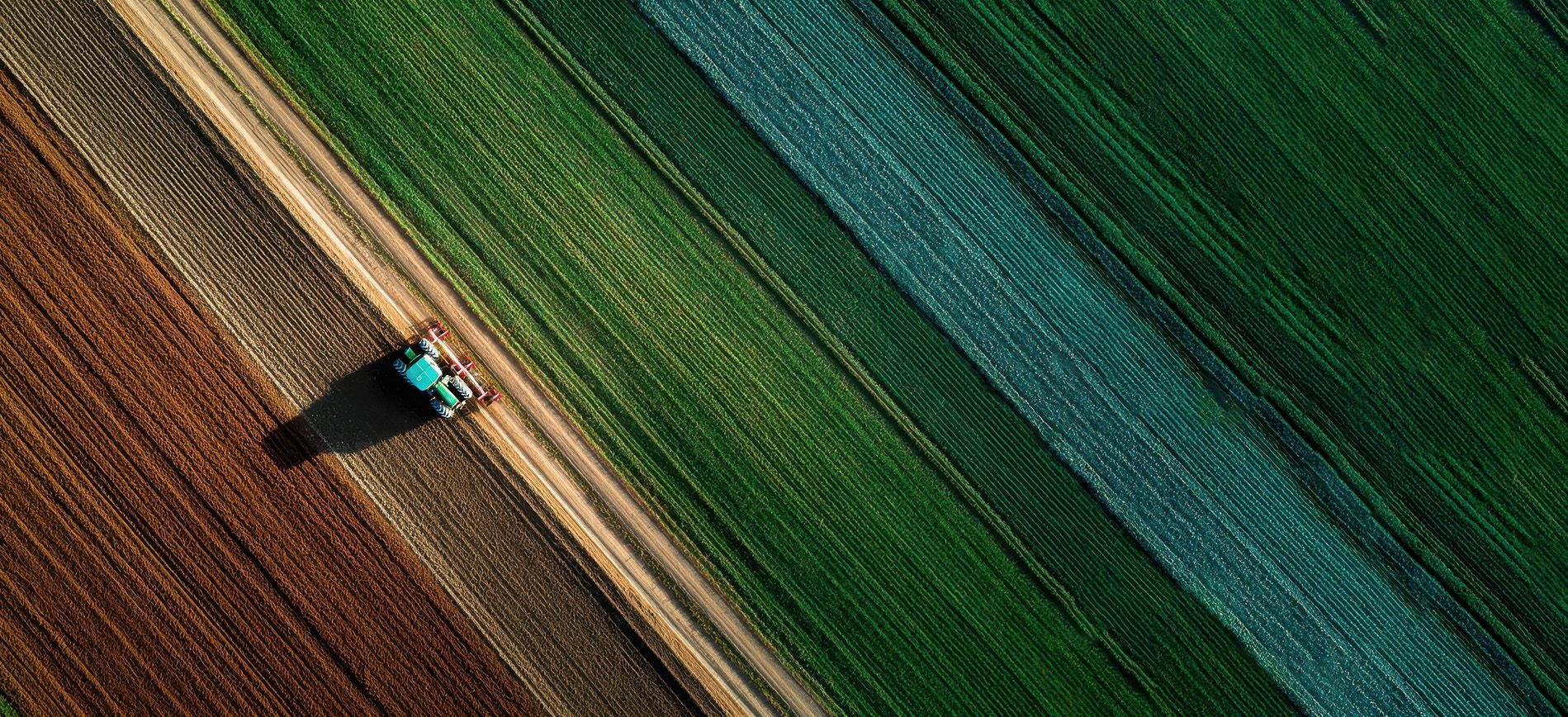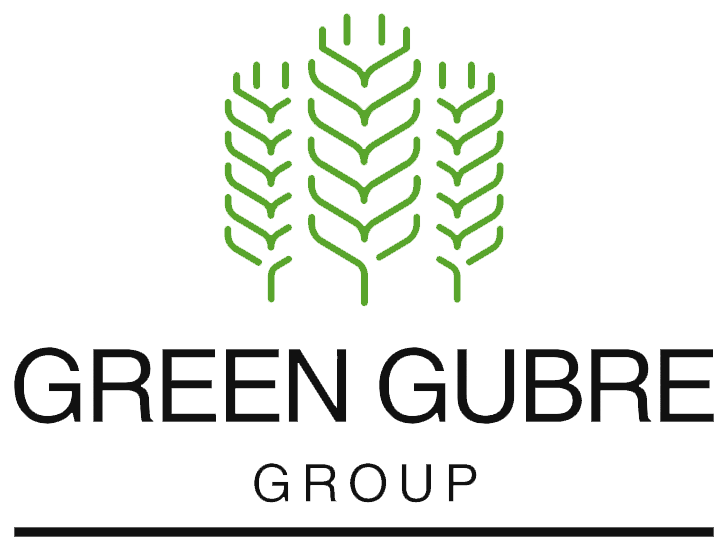Fertilizer Trade Routes to Turkey – Gateway to Europe, the Middle East, and Central Asia
Fertilizer Trade Routes to Turkey – Gateway to Europe, the Middle East, and Central Asia

Turkey’s Role in the Global Fertilizer Trade
Strategically positioned at the crossroads of continents, Turkey is a pivotal player in the fertilizer trade. Its location, bridging Europe, the Middle East, North Africa, and Central Asia, coupled with its robust logistics networks and burgeoning fertilizer blending capacity, has elevated Turkey to the status of a major importer and an emerging re-export hub for agricultural nutrients.
With rising global fertilizer demand, Turkey is rapidly transforming from a destination market into a distribution gateway for regional fertilizer flows.
Turkey’s
Fertilizer Market: Imports, Consumption, and Local Blending
Turkey’s domestic agriculture sector heavily depends on fertilizer inputs—especially urea, NPK compounds, and phosphates. According to 2024 figures:
Turkey imports over 80% of its nitrogen fertilizer, primarily urea and ammonium nitrate.
Major suppliers include Russia, Egypt, Algeria, Saudi Arabia, and Iraq.
Fertilizer demand peaks during spring planting (March–May) and autumn sowing (September–November).
Key
fertilizers in demand:
Granular urea 46% N for cereals and industrial crops.
NPK blends 15-15-15, 20-10-10, and 18-18-18 for fruits, vegetables, and orchards.
DAP and MAP in dryland farming areas of central and eastern Turkey.
Turkey is witnessing significant growth in its fertilizer blending industry, particularly in Mersin, Iskenderun, Kocaeli, and Samsun. These regions are seeing the custom-mixing of imported raw materials, catering to the needs of both domestic and regional markets, thereby signaling a promising future for the industry.
See Turkey’s fertilizer import trends – FAOSTAT.
Strategic Trade Routes and Logistics Corridors
What makes Turkey truly powerful in the fertilizer supply chain is its connectivity.
Port Access
Mersin Port (Mediterranean): Handles massive fertilizer imports and re-exports to North Africa and the Levant.
Iskenderun Port (Southeast): Key for Persian Gulf and Eastern Mediterranean shipments.
Derince and Kocaeli Ports (Marmara) serve central and western Turkey and are linked to Europe via rail and road.
Rail and Truck Corridors
The Baku–Tbilisi–Kars (BTK) railway, a significant part of Turkey's logistics network, connects Turkish ports to Central Asia and western China. This railway provides a cost-effective alternative to ocean shipping, making it crucial for efficiently transporting fertilizers.
High-capacity trucking corridors link Turkey to Iraq, Syria, Iran, and the Balkans, enabling flexible overland fertilizer delivery.
Free Zones and Warehouses
Turkey’s logistics network includes bonded warehouses, dry ports, and free trade zones in Mersin, Istanbul, and Izmir, enabling flexible transshipment and regional consolidation.
Read more – UNESCAP Corridor Data.
Turkey as a Fertilizer Transit Hub for Three Regions
Turkey plays a dual role in the global fertilizer supply chain:
As a consumer, it supports one of the region’s most significant agricultural sectors.
As a transit hub, it facilitates movement to markets beyond its borders.
1. Europe
Fertilizers blended or repackaged in Turkey are shipped to Eastern Europe, Greece, and Bulgaria.
It is key to buffering supply shortages during North Africa or the Black Sea disruptions.
2. Middle East
Fertilizer shipments pass through Turkey en route to Iraq, Syria, and Jordan.
Turkish suppliers are competitive due to shorter transport times and reliable re-export capacity.
3. Central Asia & Caucasus
Fertilizers reach Kazakhstan, Uzbekistan, and beyond through rail links with Georgia and Azerbaijan.
BTK railway and inland terminals serve as cost-effective alternatives to ocean shipping.
Growth of Private Sector Blending and Repackaging
Private sector players in Turkey are investing in:
NPK blending facilities with real-time soil and crop customization.
Bagging and palletizing lines for 25kg and 50kg retail packaging.
Fertilizer quality labs to meet import/export standards across the region.
Green Gubre Group and other suppliers are working to match product specifications with local agronomic conditions, enhancing productivity and sustainability.
Opportunities and Challenges Ahead
Opportunities:
Rising demand from Africa, Central Asia, and Eastern Europe.
Investment in smart logistics, rail connectivity, and digital tracking.
Expansion of public-private fertilizer partnerships across transit routes.
Challenges:
Geopolitical instability in surrounding regions.
Customs bottlenecks and cross-border regulatory differences.
Rising freight and insurance costs, especially for high-value NPK products.
Green Gubre Group: Empowering Regional
Fertilizer Trade
As an Istanbul-based company, Green Gubre Group is strategically positioned to:
Supply granular and prilled urea, NPK, DAP, and MAP to and through Turkey.
Support regional partners in logistics planning, blending, and distribution.
Act as a bridge between producers in the East and buyers across Africa, the Middle East, and Europe.
With extensive sourcing networks and customs experience, we make fertilizer trade faster, more flexible, and regionally optimized.
References
- FAOSTAT – Fertilizer Use in Turkey
- UNESCAP – Turkey Trade Corridors Overview
- World Bank – Fertilizer Market Trends
- Argus Media – Regional Trade Hubs and Blending




